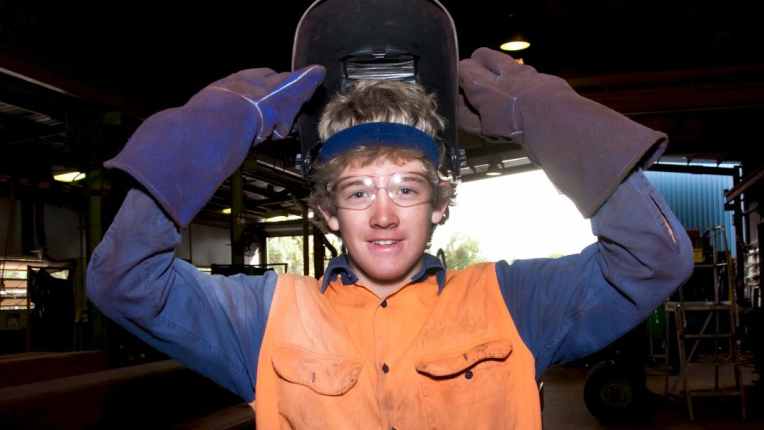Tracking Australia's skills needs in real time
by Adam BoytonAs we move into the COVID-19 recovery phase, understanding our labour market and the skills employers need will help get Australia back to work. This will also provide the foundation for a modern training system that prepares Australians for the challenges of today and tomorrow.
Our labour market has changed dramatically over the past few months.

At the start of the year the unemployment rate was low and labour market research in the skills space was heavily focused on identifying skills shortages. The most recent labour force survey underscores just how quickly that has changed, with employment falling by almost 600,000 from March to April, with the impact of COVID-19 becoming clear.
Looking ahead, it could be a while before our labour market returns to the conditions we saw at the start of the year. At least that’s the message from the Reserve Bank’s most recent forecasts, published earlier this month.
To support economic recovery we need to understand what’s happening in the labour market, the structural shifts that have occurred and will occur, and what training and retraining support our workforce needs to prosper.
As the economy recovers and businesses start hiring again, we need to make sure that they can find people with the right skills. We don’t want a mismatch between what businesses want and the skills people have being a handbrake on the recovery.
This is where the National Skills Commission can support the recovery. We will develop robust intelligence on Australia’s labour market, our workforce, and current and emerging skills needs. We will use both traditional and new data sources and techniques – big data and machine learning approaches, as well as more traditional economic and skills analysis.
Ultimately the commission will publish an annual report setting out the skills needs of Australia.
Of course, there is a huge challenge and task in front of us, which needs to be tackled right now.
One way we are doing this is by surveying employers about jobs in demand and future staffing expectations. We are also publishing the results of these surveys, including in a Jobs in Demand dashboard. Each week we are updating jobs in demand at a local level on Jobs Hub, linking jobseekers to vacancies, as well as showing skills in demand.
Identifying training options that can link to a variety of jobs provides a degree of insurance against uncertainty.
From April 22 to May 22 we surveyed 2400 employers in industries that are likely to be in demand – healthcare and social assistance, transport, postal and warehousing, manufacturing, and retail and wholesale trade. About 28 per cent of those who are recruiting are having, or expecting to have, difficulty recruiting staff. Among the reasons for this, more than 15 per cent of recruiting employers cited a lack of necessary technical skills.
This goes to the need for a more efficient, industry-led training system that truly gives students the skills and knowledge needed for the modern workplace. In other words, to ensure skills being taught are the skills employers need.
As well as having more of an industry-led training system, an additional approach we can take is to examine what jobs require what skills. How skills in one job can transfer to another. And what qualifications provide those skills. That might sound obvious, especially in vocational education and training, where many qualifications link directly to specific jobs. Indeed, that’s one of the strengths of VET.
VET qualifications can also provide transferable skills that are in demand across a wide range of occupations. So in a period of rapid labour market change, where the future might be uncertain, identifying training options that can link to a variety of jobs provides a degree of insurance against that uncertainty. New machine-learning techniques make this sort of analysis possible.
These techniques can also identify the small additional training needed to open up new employment options for someone seeking a job. It can also be used to identify pathways to new employment opportunities that take advantage of a jobseeker’s existing skills.
Putting it all together, the National Skills Commission will provide up-to-date information on the state of Australia’s labour market, our skills needs, and the skills we already have.
We’ll use that information to inform training providers about skills and qualifications that are likely to be in demand. Working with the National Careers Institute, the commission will inform students and jobseekers about employment prospects and pathways to jobs, and ensure the system meets the needs of employers.
It’s about linking skills, employers, jobseekers, students and jobs, to help us get back to work and support the recovery.